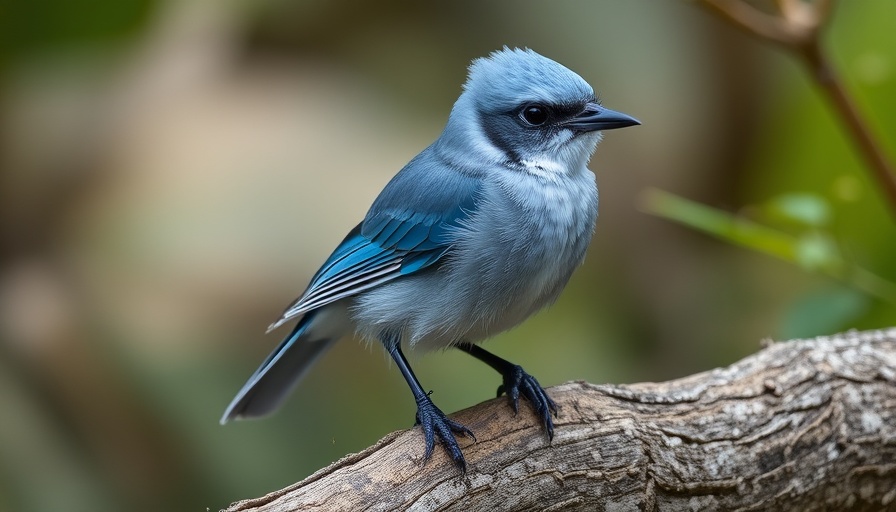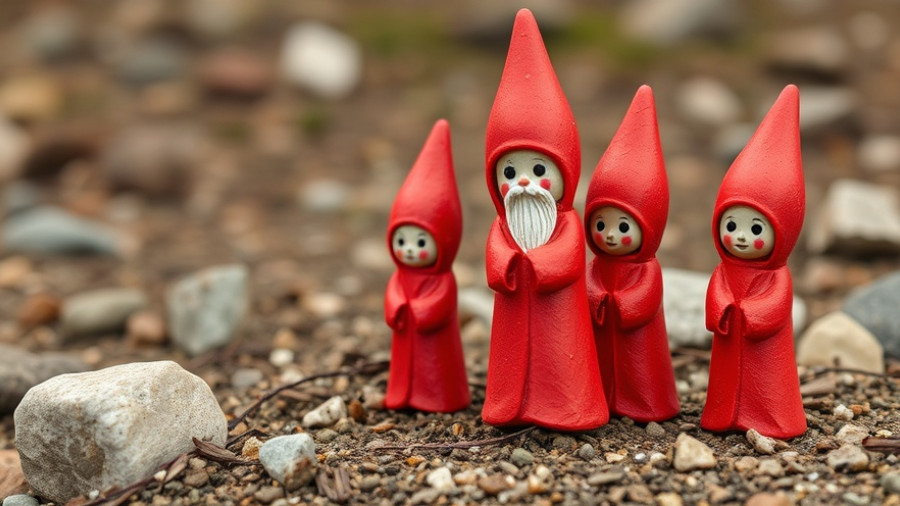
Discovering the Perlita Azul Gris: Nature's Hidden Gem
The perlita azul gris (Polyoptila caerulea), a delicate bird measuring around 10 centimeters, is a marvel found primarily in the eastern and central United States and parts of Mexico, extending its reach to certain Caribbean regions. These birds are elusive, often leaving observers with only fleeting glimpses as they energetically search for tiny insects hidden in dense foliage.
Unique Diet and Hunting Techniques
Perlitas azul gris thrive on a varied diet consisting of insects such as chicharritas, cigarrillas, and pulgas, as well as arachnids and caterpillars. Their foraging behavior is both acrobatic and fascinating, typically hovering momentarily while showcasing their striking black and white tails. This hunting technique reflects their adaptability and innovation in capturing prey in competitive environments.
The Melody of Mimicry: A Surprising Talent
Among the many traits of the perlita azul gris, their ability to mimic the calls of other birds stands out as especially captivating. Males, during mating seasons, perform vocal displays that include snippets from the melodies of nearby species like tangaras and trepadores. This capability not only showcases their keen auditory memory but also serves as a strategy for attracting mates, adding an intriguing layer to their ecological and social dynamics.
Why Observing the Perlita Matters
Spotting a perlita may take patience and a discerning eye, yet the rewards are rich. By learning about this small avian wonder, enthusiasts gain insight into the larger tapestry of our ecosystem. The perlita azul gris serves as both an environmental indicator and a reminder of the delicate balance within our habitats. These birds, often hidden, have a story of resilience, mimicking the calls of others, adapting to their surroundings, and contributing to the biodiversity that surrounds us.
Conclusion: Taking Action in Conservation
As we appreciate the subtle beauty of the perlita azul gris, we are reminded of the importance of protecting its habitat. Engaging in local conservation efforts not only aids these birds but also enriches the environment as a whole. By sharing our stories and enthusiasm about such unique species, we forge connections that inspire action and awareness in our communities.
 Add Row
Add Row  Add
Add 




Write A Comment